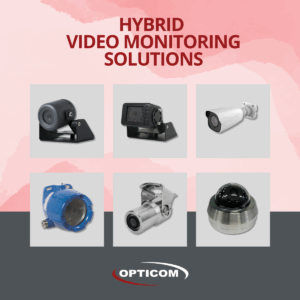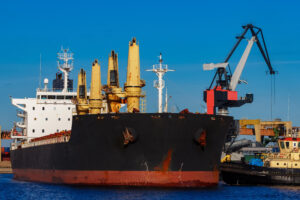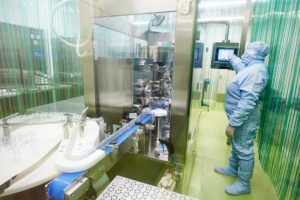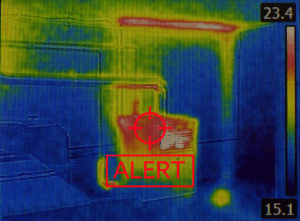Operating in a harsh industrial environment comes with a series of challenges. Some of them are obvious, like the safety of your staff and the security of your facility. Others, like the risks to auxiliary equipment and budget impacts on having to replace components, may elude operators at first.
In mines, food processing facilities, sawmills, and other industrial environments, you need more than industry-specific heavy machinery. The safety and security of your staff, as well as those of the facility itself, depend on the entire operation running smoothly or getting fixed quickly when it doesn’t.
The costs of tertiary but important electronic equipment—like video monitoring systems—can add up quickly. This is why operators may be tempted to buy cheap, off-the-shelf cameras; they are cheaper and easier to find. However, they come with their own set of challenges.
Harsh Work Environments Need Around-the-Clock Monitoring
In some industries, video monitoring is required by law. Even when that is not the case, the expensive machinery on-site makes video monitoring a necessity. More importantly, the safety of the staff can depend on it.
A remote operator can watch the video feed to spot a faulty piece of equipment (like a conveyor belt) that could be about to break, catching it in time can save dozens of lives and prevent operational downtime. Video footage can be recorded and reviewed to inform process improvement initiatives, investigate errors, and more.
But not all cameras are right for industrial facilities. Off-the-shelf cameras meant for consumers or office buildings have very short lifespans in harsh environments. Dust, debris, humidity, splinters, high-intensity vibrations—all of these things can harm sensitive video monitoring equipment.
Ruggedized cameras, on the other hand, are built specifically for harsh industrial environments. In Opticom’s case, camera lenses and internal electronic components are protected by strong alloy casings. Vibration mounts add another layer of protection by stabilizing them and protecting cameras against vibrations and even direct hits. This is how one of our cameras in a sawmill managed to survive being hit by a log. The mount had to be replaced but the camera, the most expensive piece of equipment in a video monitoring system, was undamaged.
Using ruggedized cameras in harsh environments means that you have ongoing protection. If your video feed is up 24/7, the operations in your facility are enhanced. You don’t have to lose valuable data or shut down the line every time an off-the-shelf camera breaks down.
This is the prime reason why our clients opt for cameras built specifically for industrial environments instead of generic off-the-shelf ones. This approach also, in the long run, results in a lower total cost of ownership than for low-quality video monitoring systems.
Industrial Video Cameras Have a Lower Cost of Ownership
If you rely on remote video monitoring or it’s required by law in your facility, you will have to completely stop your operations when the video feed goes down. With off-the-shelf cameras, equipment can require replacement weekly, while Opticom’s cameras have been in harsh environments working consistently for years.
Halting operations, even for a few hours, can cost hundreds of thousands of dollars. Every time the video feed stops or a component breaks, the line has to be shut down for repair—that costs time, labor, parts, and opportunity costs. If buying the right cameras in the first place can save you even one hour of downtime, then their cost is offset.
In industrial environments, off-the-shelf cameras can be expected to break down more often. In food processing plants, for example, the cameras can be affected by humidity, bacteria, and grease. In sawmills, the high vibration levels and debris can break a standard camera in less than a week. Each broken camera means more money spent on new equipment, as well as on their installation and maintenance.
Ruggedized cameras are built to withstand these harsh conditions and to keep your video feed online. They last for years on end with minimal maintenance.
How to Choose the Right Ruggedized Cameras for Your Facility
Despite sharing some of the harsh conditions, no two industrial facilities are built identically. This means that they all need unique setups. A food processing facility using video monitoring for compliance purposes needs a different system configuration than a sawmill monitoring its line in real time.
Our first recommendation to all our clients is to work with a video monitoring specialist that understands their industry well. This way, they can understand your facilities and your goals and make recommendations that fit your needs and your budget.
For example, you may not need explosion-rated cameras in every room of your facility. Not every camera and monitor will need a vibration-resistant mount. On the other hand, you should never install an off-the-shelf camera on a log debarker unless you want to change it every week.
While seemingly small in the scheme of all considerations inside an industrial facility, these decisions can make or break the quality of your video monitoring system, your budget, and your operations. When in doubt, always work with an experienced video monitoring partner that understands your industry.







